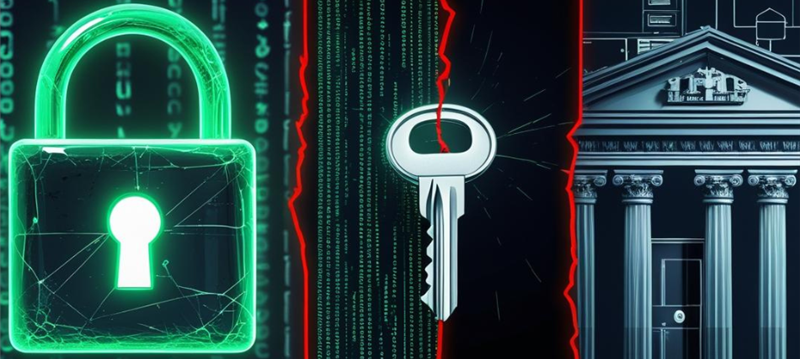Demystifying Cryptography: Understanding PGP, SSL, and IKE
In today’s digital age, security is of paramount importance. With the increasing reliance on the internet for communication and data exchange, ensuring the confidentiality and integrity of our information has become a fundamental concern. Cryptography plays a pivotal role in safeguarding our digital interactions, and it’s vital to understand its various forms and their applications.

One way to gauge your knowledge of cryptography is by examining your response to a simple yet insightful question: “Which form of cryptography are PGP, SSL, and IKE examples of?”
The correct answer to this question is Public Key. In this article, we will delve into cryptography, explore the significance of PGP, SSL, and IKE, and understand the role of public key cryptography in securing our digital world.
Cryptography: A Brief Overview
Cryptography is the science of protecting information by transforming it into an unreadable format, making it accessible only to those who possess the appropriate decryption key. It is an age-old practice dating back to ancient civilizations, but its modern applications extend far beyond traditional encryption methods.
In the realm of modern cryptography, we encounter two primary forms: symmetric key cryptography and public key cryptography.
1. Symmetric Key Cryptography
In symmetric key cryptography, a single shared secret key is used for both encryption and decryption. This means that both the sender and receiver must have access to the same key to communicate securely. While effective, managing and sharing secret keys in a secure manner can be challenging, especially in the digital world.
2. Public Key Cryptography
Public key cryptography, as exemplified by PGP, SSL (Secure Sockets Layer), and IKE (Internet Key Exchange), addresses the key management issues associated with symmetric key cryptography. Public key cryptography utilizes a pair of keys: a public key and a private key.
• Public Key: The public key is used for encryption. It is widely distributed and known to everyone, allowing anyone to encrypt messages or data that can only be decrypted by the corresponding private key.
• Private Key: The private key is kept secret and is used for decryption. Only the intended recipient possesses this key, ensuring the confidentiality of the message.
Examples of Public Key Cryptography in Action
1. PGP (Pretty Good Privacy): PGP is a data encryption and decryption program that provides cryptographic privacy and authentication for data communication. It uses a combination of data compression, hashing, and public key cryptography to secure email communications and files.
2. SSL (Secure Sockets Layer): SSL, now succeeded by Transport Layer Security (TLS), is a protocol that establishes an encrypted link between a web server and a web browser. It ensures that data transmitted between them remains private and integral, making it a cornerstone of secure online transactions, such as e-commerce and online banking.
3. IKE (Internet Key Exchange): IKE is a key management protocol used to set up a Virtual Private Network (VPN) connection. It establishes a secure communication channel by negotiating encryption and authentication methods between two devices or networks.
Conclusion
Cryptography is the cornerstone of digital security, and understanding its various forms is crucial in today’s interconnected world. Public key cryptography, as demonstrated by PGP, SSL, and IKE, has revolutionized the way we secure digital communications and transactions. By harnessing the power of asymmetric encryption, public key cryptography simplifies the secure exchange of information, bolstering our online privacy and trust.
So, the next time you encounter a question like, “Which form of cryptography are PGP, SSL, and IKE examples of?” you can confidently answer, “Public Key.” This knowledge empowers us to appreciate the technology that underpins the security of our digital lives, making the internet a safer place for us all.




